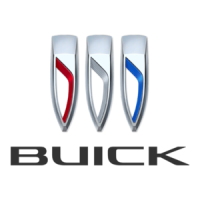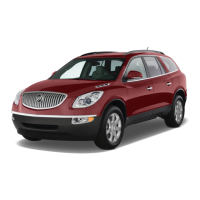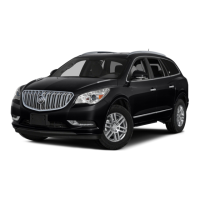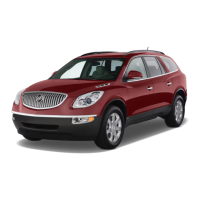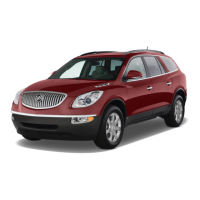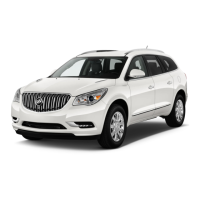Rinse the vehicle well, before
washing and after to remove all
cleaning agents completely. If they
are allowed to dry on the surface,
they could stain.
Dry the finish with a soft, clean
chamois or an all-cotton towel to
avoid surface scratches and
water spotting.
High pressure car washes may
cause water to enter the vehicle.
Avoid using high pressure washes
closer than 12 inches (30 cm) to the
surface of the vehicle. Use of power
washers exceeding 1,200 psi
(8 274 kPa) can result in damage or
removal of paint and decals.
Cleaning Exterior
Lamps/Lenses
Use only lukewarm or cold water, a
soft cloth and a car washing soap to
clean exterior lamps and lenses.
Follow instructions under Washing
Your Vehicle on page 5-86.
Finish Care
Occasional waxing or mild polishing
of the vehicle by hand may be
necessary to remove residue from
the paint finish. Approved cleaning
products can be obtained from
your dealer/retailer.
If the vehicle has a
basecoat/clearcoat paint finish, the
clearcoat gives more depth and
gloss to the colored basecoat.
Always use waxes and polishes that
are non-abrasive and made for a
basecoat/clearcoat paint finish.
Notice: Machine compounding
or aggressive polishing on a
basecoat/clearcoat paint finish
may damage it. Use only
non-abrasive waxes and polishes
that are made for a basecoat/
clearcoat paint finish on the
vehicle.
Foreign materials such as calcium
chloride and other salts, ice melting
agents, road oil and tar, tree sap,
bird droppings, chemicals from
industrial chimneys, etc., can
damage the vehicle’s finish if they
remain on painted surfaces. Wash
the vehicle as soon as possible. If
necessary, use non-abrasive
cleaners that are marked safe for
painted surfaces to remove foreign
matter.
Exterior painted surfaces are
subject to aging, weather and
chemical fallout that can take their
toll over a period of years. To
help keep the paint finish looking
new, keep the vehicle garaged
or covered whenever possible.
Service and Appearance Care 5-87

